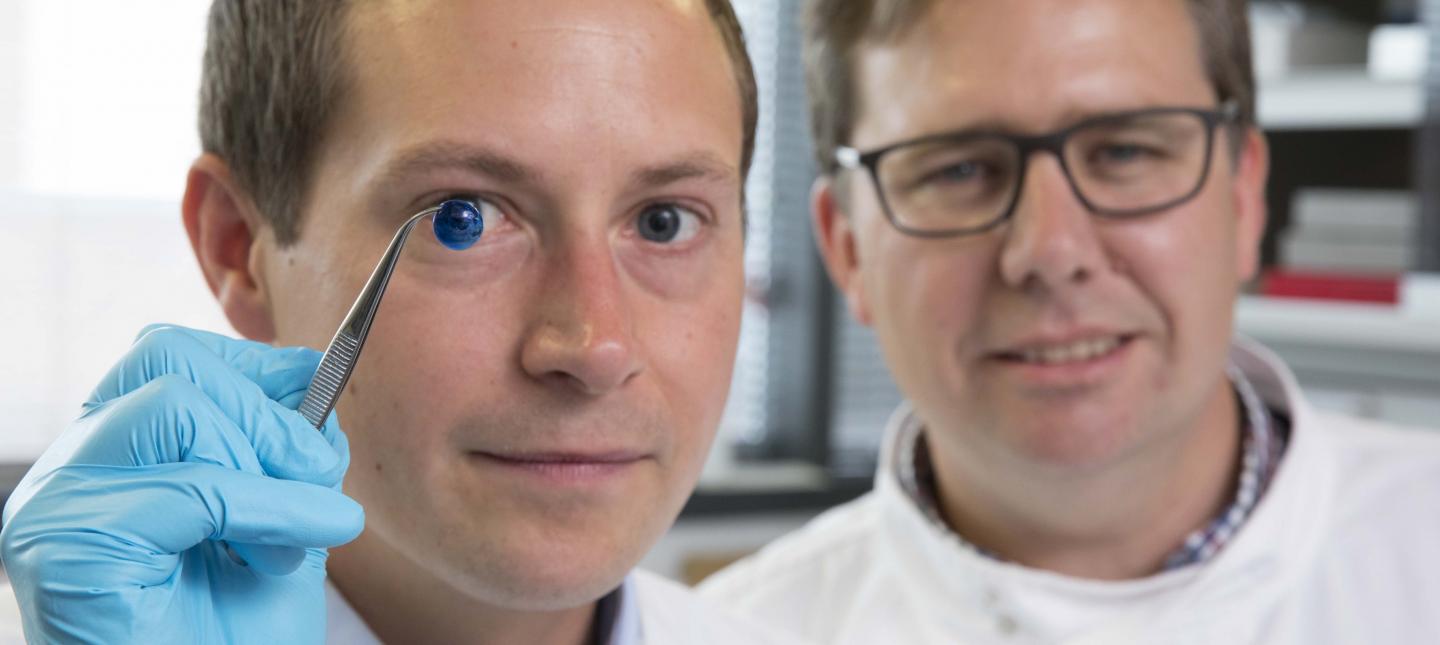Scientists Have Figured Out How to 3D-Print Part of the Human Eye

If you damage your cornea, the odds of eventually getting a brand-new one may have just gone up.
Researchers at the University of Newcastle in England report that they managed to replicate human corneas using a 3D printer and a "bio-ink" made of stem cells from a donor cornea, alginate (a substance found in algae) and the protein collagen. They printed the cells in concentric circles in the shape of a cornea, then sat back to wait while the cornea grew. [7 Cool Uses of 3D Printing in Medicine]
"Our unique gel, a combination of alginate and collagen, keeps the stem cells alive whilst producing a material which is stiff enough to hold its shape but soft enough to be squeezed out the nozzle of a 3D printer," Che Connon, a professor of tissue engineering who worked on the project, said in a statement.
The cornea is one of the outer layers of the eye that's involved in both focusing light and protecting the inner eye. When a person's cornea is damaged, it can lead to blurry vision or cause a glare, according to the American Academy of Ophthalmology.
The cornea can be easily transplanted from deceased donors, without the compatibility issues that impact other organ transplants. (With corneal transplants, there's no need to find a "match" between the donor and the recipient.) But because organ donors with healthy corneas aren't very common, and because of high demand, there's a donor corneal shortage. A 2016 paper found, for example, that there's only one donor cornea available for every 70 needed worldwide. The new technique, which could produce multiple corneas per donor, might help reduce that deficit if put into practice.
According to the paper, which was published online today (May 30) in the journal Experimental Eye Research, and will appear in the August 2018 issue, the 3D-printed corneas are not yet ready to implant in people. The researchers still must ensure that human bodies won't reject them, that they'll fit properly and that they'll work properly to focus light. That could take several years at least before the first attempt at a surgery, Connon said.
Originally published on Live Science.
Sign up for the Live Science daily newsletter now
Get the world’s most fascinating discoveries delivered straight to your inbox.











